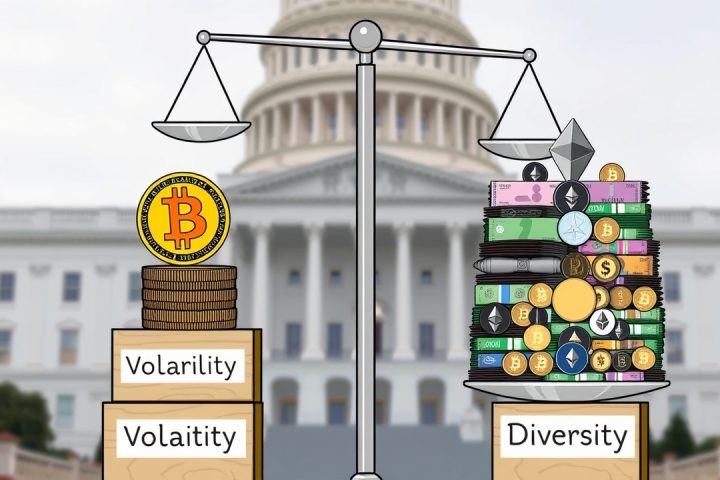Current Landscape of Bitcoin Nodes
The current landscape of Bitcoin nodes shows a mix of client software usage, with the total count reaching 23,163. Of these, the vast majority—18,850—are based on Bitcoin Core, while 4,265 are running Bitcoin Knots, which represents approximately 18.41% of the network.
Debate on Network Priorities
A spirited discussion on social media platform X has ensued, focusing on whether the Bitcoin network’s future should prioritize fee-based incentives alone or adopt stricter relay policies to limit non-monetary data.
From August 27 to September 3, the debate was robust, expressed in 174 unique posts on X, where proponents of Bitcoin articulated their arguments based on foundational principles. The central question revolves around whether Bitcoin should primarily function as a monetary network that mandates the relay of all valid transactions, or if node operators should adopt software that utilizes filters at the mempool and relay stages to deter large, unnecessary data transfers.
Arguments for Stricter Relay Policies
Supporters of the Knots client have contended that implementing stricter default relay policies represents a responsible approach, aimed not at changing consensus but rather at refining operational efficiency. They argue that both Bitcoin Core and Knots accept blocks with inscriptions and other valid transactions, but Knots provides more customizable policy options which can alleviate the burden of non-monetary data on nodes, thereby reducing bandwidth and storage needs.
Counterarguments from Bitcoin Core Advocates
Conversely, advocates for Bitcoin Core maintain that the protocol’s inherent neutrality should prevail; they suggest that if a transaction is deemed valid by consensus, the market-driven fee structure should dictate block space distribution. This position asserts that relay filters impose arbitrary constraints at the network level that could lead to fragmentation and restrict access to valid transactions.
Concerns Over Data Relay
Discussions among Knots supporters often highlighted concerns about expanding the limits on what data could be relayed, particularly in relation to OP_RETURN payload sizes. They claimed that a lack of filters could result in the inclusion of excessively large files within the blockchain, leading to increased operating costs for nodes and potential reputational or legal ramifications regarding the transfer of inappropriate content. Supporters described filters as essential for maintaining a focus on monetary transactions, characterizing them as a necessary form of ‘hygiene.’
Core Camp’s Skepticism
In response, colleagues from the Core camp expressed skepticism about the effectiveness and need for such filtering mechanisms. They argued that relay filters do not impact what miners actually choose to include in blocks and thus do little to address historical synchronization issues or prevent data from making its way to the blockchain. This viewpoint views filtering policies as both unnecessary and potentially ideological.
Governance and Network Legitimacy
The ongoing dialogue has frequently revisited the dichotomy between prioritizing monetary transactions and allowing broader data dissemination. Advocates for Knots contend that Bitcoin must focus on financial transactions, portraying extensive data relay as turning nodes into mere file storage systems for less accountable data uploads. In contrast, Core supporters assert that Bitcoin does not exclusively define “monetary” at the script level; transactions function as structures validated by consensus rules irrespective of their content.
Conclusion: A Critical Test for Bitcoin
Interestingly, the argument has transcended technical differences to raise questions about governance and network legitimacy. Proponents of Knots argue for a philosophy that empowers nodes over developers, insisting that if users do not favor changes proposed by Core, the network maintains its integrity through collective choice. Others criticized both factions for introducing philosophical considerations into technical discussions, but it is evident that the majority opinion aligns along the lines of maintaining neutrality versus implementing content filters.
These exchanges indicate a significant moment for Bitcoin’s evolution as client diversity becomes more pronounced. As valid paths emerge with both Core and Knots, the current debate symbolizes a critical test for the network: whether diverse filtering policies can enhance resilience through expanded choice or whether they risk creating disconnects regarding what it means to operate a “neutral” Bitcoin node. Moreover, these passionate exchanges signal that cultural narratives are instrumental in shaping technical preferences, indicating that future discord might engage more comprehensively with legitimacy and identity—balancing neutrality with discretion as Bitcoin progresses.




